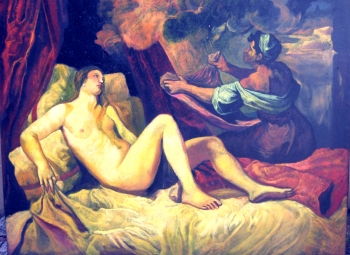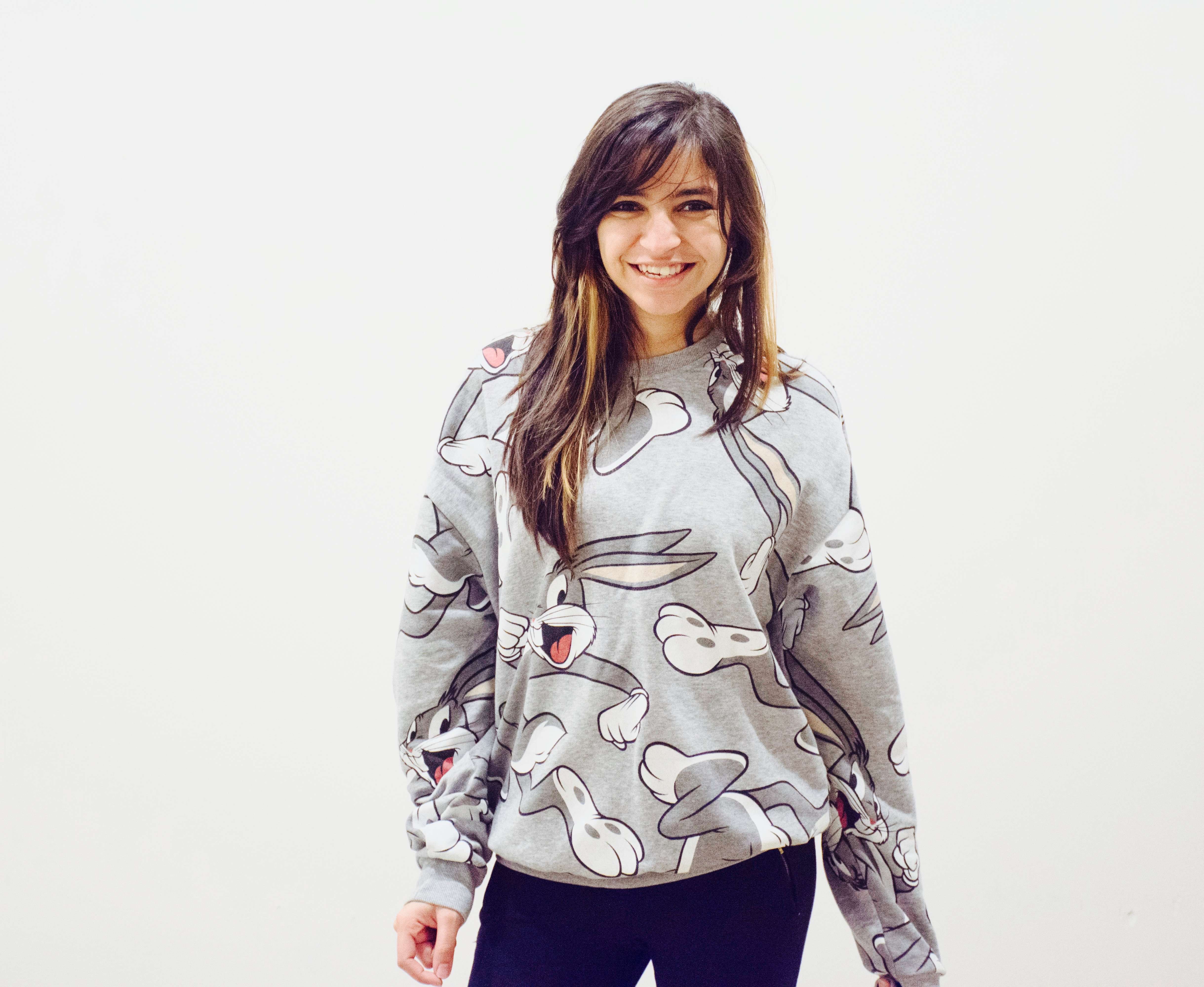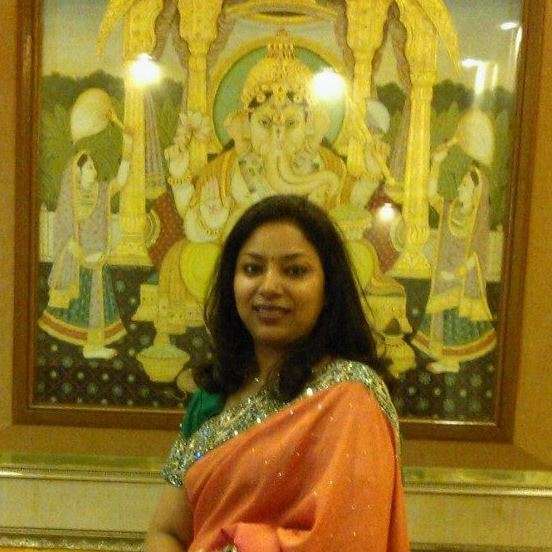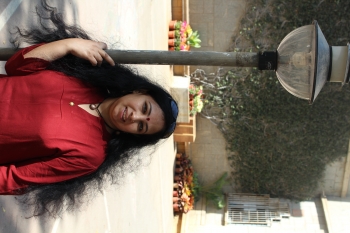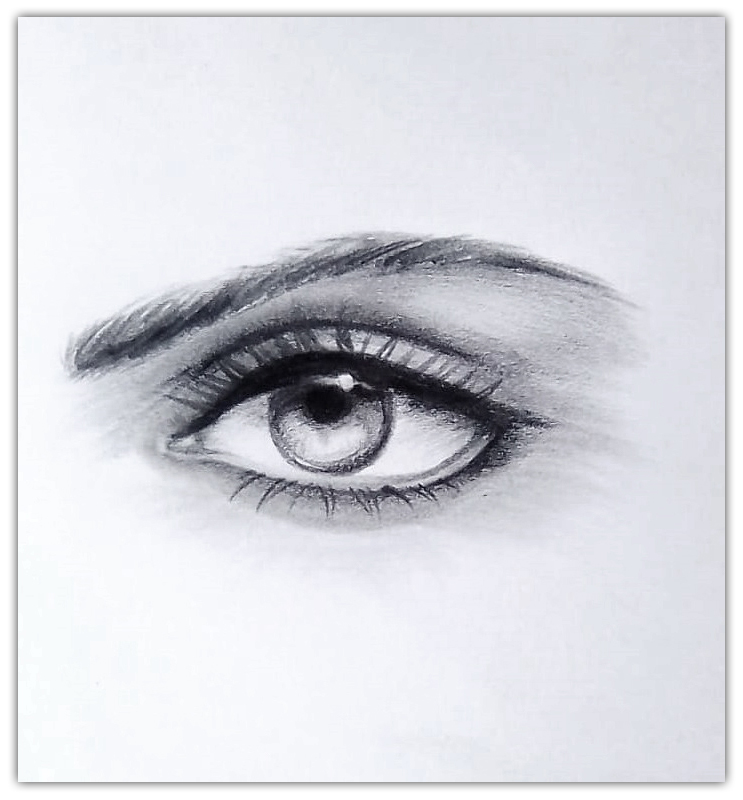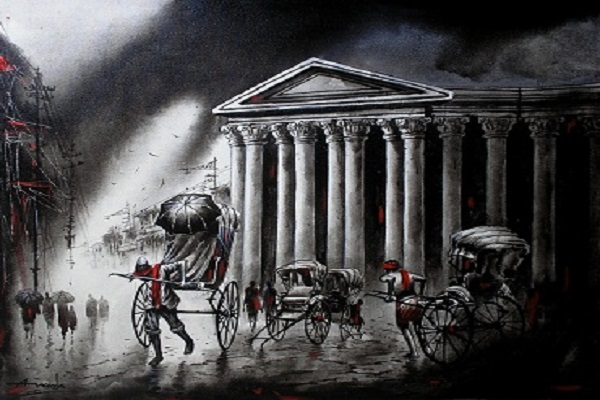
Yesterday, I was browsing the internet looking for a painting to gift my friend. She recently relocated near my place and is looking for decorating items for her new home. Fortunately, I found a beautiful still-life painting at an online gallery. She was so excited to have it that she immediately hung it on her kitchen wall as it had a design of a brown basket filled with fruits. I am glad I did not have to try too hard to find a piece of her choice and that it is so feasible to buy paintings online.
Though, I was amazed looking at the still-life paintings exhibited in different art galleries. They are a distinct genre of Western-style painting which originated in the Middle Ages and Ancient Greek-Roman times. They portray immobile subjects which can be both natural and man-made. On the basis of subjects, they were classified into a botanical illustration which included flowers or plants and animal art which included dead animals. These paintings contain enlarged compositions with different subjects all together in one painting. It is a bit weird and hilarious aspect that artists in earlier times believed that the objects in the paintings can be used by people in their afterlife. Various paintings which demonstrated food were symbolized as a mark of hospitality and were displayed in celebrations of festive events as well. The range of food items was the kind of meal the upper class enjoyed.
In the Middle Ages and Renaissance, still-life paintings generally functioned as religious attributes which included everyday objects. But, with time Northern European artists who were eager to paint realism into their pictures started depicting secular aspects too. Jan Van Eyck, an infamous artist of that time, invented oil paintings technique which enabled artists to make paintings of everyday objects in a very high-resolution manner. This owed to the slow-drying and layering qualities of oil paint. It led artists to lavish great acclamations for their paintings.
In the 16th century, artists started to showcase the traditions in still life paintings on a large scale. Some of the paintings of this era still do not cease to startle us. One such painting is “The Butcher’s Shop” which depicts a market scene. On the primary ground, raw meats are painted and the background somehow describes the side effects of being drunk and immoral. During this time, people were curious to explore the specimens and gain information about botany. They were extensively interested in knowing about nature apart from religious associations. Thus, artists spread wide knowledge through their paintings.
In the 17th century, Dutch and Flemish paintings evolved out. Flower paintings made of oil became a craze amongst people. Images based on religious aspects were banned in Dutch and the realistic paintings were demanded in the market. Different flowers symbolize different meanings. Rose symbolizes love, tulip symbolizes nobility, lily symbolizes peace of mind, and violet symbolizes humility and so on. Symbolizations are marked for insects also. Butterfly functions as transformation, the dragonfly represents transience and ant symbolizes, as we all know, hard work and attention to harvest.
Floral decoration on wallpapers, porcelain and carved woods became more popular in the 18th century. This led to a decline in production of still-life paintings. Religious paintings were dropped and kitchen table paintings were in demand in the market.
Moving toward 19th century, still-life paintings gained the least recognition. People preferred landscape and other non-religious paintings. Artists were more interested in glorifying nature by representing natural views rather than food items or plain flowers. It was until years later that, post-impressionist paintings and the techniques and use of extravagant colors involved in it brought the attention of people back into still-life paintings. “Sunflowers” painting of Vincent Van Gogh is one of the most beautiful and popular paintings of that era.
In the 20th century, abstraction was getting the highest popularity. This led artists to create still life designs in an abstraction manner. They represented flowers in a manner which could not be related to how they look naturally.
Now, in modern times, artists employ the use of photography and computer graphics etc. to obtain three-dimensional still-life paintings. Digital and computer art has changed the definition of still-life. Techniques have expanded evolving out more and more creations and astonishing designs that one could fill their room walls with it. When you go out to buy paintings, still-life art is one such form which you would prefer having a big collection of.












